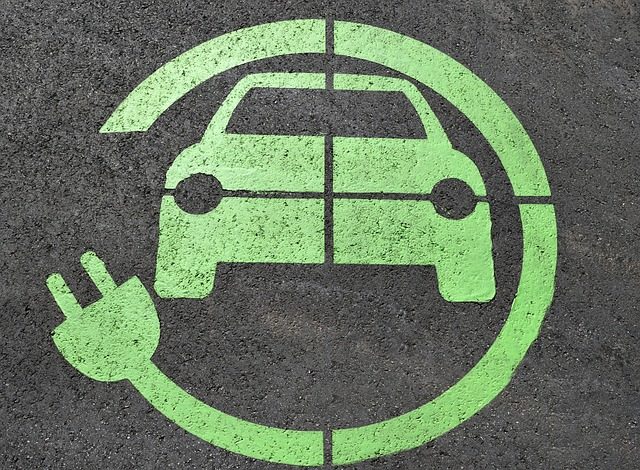
Looking for a New Car? Here Are Some Green Car Options
We are reader-supported. When you buy through links on our site, we may earn affiliate commission.
Twenty years ago, finding something “environmentally friendly” to drive meant relegating yourself to a three-cylinder Geo or a moped. Technology has come a long, long way since the 90’s. With new restrictions from the EPA, people are getting environmentally friendly cars they want to drive. So now that you’ve got all these great choices, which one should you choose? This depends on your needs from the car and how green you want to be.
Toyota Prius
Run a search for “green car,” and this is the model that’s likely to come up. The Prius is currently in its fourth generation. That’s a testament to the car’s practicality and reliability, and if you’re not put off by the one-of-a-kind styling, the Prius can be a fantastic car to own. With just over 120 horsepower, the Prius isn’t made for racing, but its electric motor provides the torque to get up to highway speed without fear of being crushed. The Prius shines in comfortably moving four people and their things over an impressive distance on very little “dinosaur gas.”
Hyundai Ioniq
It took the Korean Hyundai/Kia team a few years to catch up to other manufacturers, but their first attempt at a hybrid car is hailed as an instant hit. Part of what makes the Ioniq so likable is that it abandons the philosophy hybrids should stand out on the road. Instead, they made it look like a regular car and hey, people want to drive it! The Ioniq is primarily a runabout due to its 124-mile range, but it does feature fast charging and performance comparable to the competition from Toyota and Ford.
Tesla Model 3
While it might not be an option until production recovers from the initial onslaught of public interest, the Model 3 should represent a real alternative for those who would otherwise buy a Prius. Yes, its $35,000 price tag would require you to check every option on a Prius to even approach, but you never have to buy gas for the Tesla because it is entirely electric. The Tesla also outperforms the Prius and features the expected host of interior options that Tesla has made its name on, such as an expansive touch-screen center console.
Lexus CT 200h
What’s that you say? You’d buy a Prius if it weren’t so awkward to look at and had, perhaps, a nicer interior. Friend, look upon the used CT 200h and rejoice! If you’re not the type who’s read every word that Car & Driver has published in the last decade, you might have missed this car. Just think of it as a Lexus Prius with a nice low price tag because, sadly, the CT is discontinued. People didn’t know where it fit-in, earning only 40+ mpg to the Prius’ 50+ and lacking the sporty nature of other small luxury cars. If you can get past that, it’s got a comfy Lexus interior, handsome looks, and it will probably survive nuclear fallout.
Chevrolet Colorado Diesel
But these little cars can’t do work! It’s true, finding a work vehicle that can get the job done without polluting is hard. While one best-selling vehicle in America has an “environmentally-friendly” turbo V6, real-world testing exposes that engine’s environmental shortcomings. The Colorado, however, uses an old-school eco-friendly approach; diesel. It can achieve over 30 mpg. Thanks to its 370 ft. lbs. of torque, it can do all the towing and haul your full-size gasoline truck from 2004 could. Look for these to become gems on the resale market.
Make your Choice
These five options give you three different fuel types to choose from. They represent everything from the bargain-basement to upscale luxury. If you thought going green meant making compromises, today’s car market will prove you wrong. Happy car shopping, keep it green!
Share on
Like what you read? Join other Environment.co readers!
Get the latest updates on our planet by subscribing to the Environment.co newsletter!
About the author

Jane Marsh
Starting from an early age, Jane Marsh loved all animals and became a budding environmentalist. Now, Jane works as the Editor-in-Chief of Environment.co where she covers topics related to climate policy, renewable energy, the food industry, and more.





